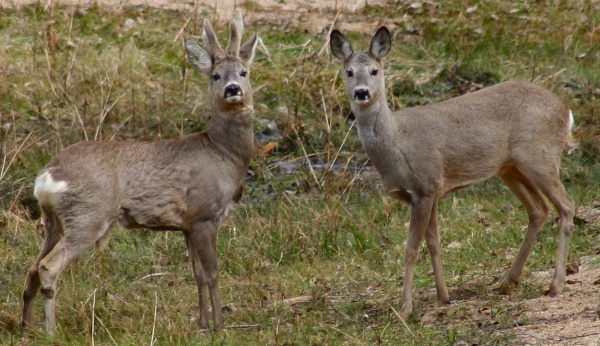Facts About European Roe Deer
The European roe deer, also known as the western roe deer, chevreuil, or simply roe, is a small and resilient species well-suited to colder climates. With their distinctive reddish and grey-brown coats, these deer are easily identifiable. Males grow antlers that can reach 20 to 25 centimeters in length.
Roe deer are widespread across Europe, ranging from the Mediterranean to Scandinavia, and from Scotland to the Caucasus, extending east to northern Iran and Iraq. They primarily inhabit woodlands but occasionally venture into grasslands and sparse forests. Their diet comprises grass, leaves, berries, and young shoots.
Roe deer are quite territorial and can live up to 10 years in the wild. The breeding season, occurring in July and August, involves males competing over territory and mating with females. After a gestation period of about 10 months, females typically give birth to two spotted fawns, usually one male and one female, in June. The fawns remain hidden in tall grass and are nursed by their mother for approximately three months. Interestingly, young female roe deer can begin reproducing as early as six months old.
You might be surprised to learn that Bambi, the beloved deer from the famous book "Bambi, A Life in the Woods" by Felix Salten, was originally a roe deer. However, in Walt Disney's animated adaptation, Bambi was changed to a mule deer to better resonate with American audiences.
The European roe deer’s range extends from Europe into parts of Asia, overlapping with the larger Siberian roe deer in the Caucasus Mountains. In recent years, their populations have expanded in places like England and Wales, impacting local woodland ecosystems. These deer are known for their habit of remaining hidden during the day and venturing into open areas at night. They have also been introduced to various regions, including Micronesia, and have demonstrated remarkable adaptability to urban environments, with sightings in cities like Glasgow and Bristol.

 Hungary
Hungary